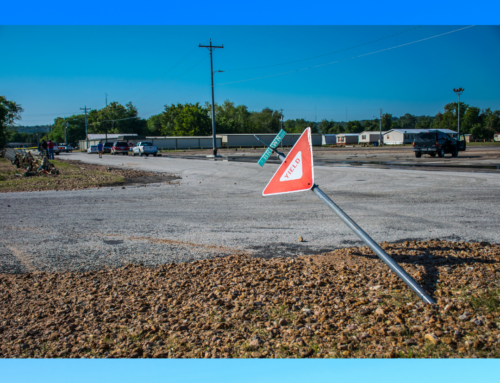 I’ve been reading a lot lately about the role of the community college in community development, especially in the area of addressing complex social issues such as poverty, teen pregnancy, violence, drug abuse, homelessness, and so on.
I’ve been reading a lot lately about the role of the community college in community development, especially in the area of addressing complex social issues such as poverty, teen pregnancy, violence, drug abuse, homelessness, and so on.
Terry O’Banion and Rosemary Gillett-Karam call this “the people’s college” responding to the needs of “the street people.” In some cases, colleges have literally gone “out on the streets,” providing services traditionally the provenance of social service or governmental agencies, such as leading an initiative to establish senior citizen networks (Bronx Community College) and developing the Computer Access Center for Persons with Disabilities (Community College of Denver). In other cases, they have acted in roles such as convener, catalyst, facilitator, and collaborator.
With the many missions in the community college portfolio—transfer credit, vocational training, workforce education, economic development, community service—how can it take on one more role? And whyshould it take on one more role?
Let’s take the second question first. The fortunes of the community college are inextricably bound with those of the community it serves. As the community rises and falls, so does the community college. As a matter of self-preservation—if nothing else—the community college needs to concern itself with the well-being of the community.
And, in many communities, there is no institution so well-positioned to take a leadership role in community development than the community college. As Edgar Boone and others have noted, the community college is respected, regarded as neutral, and brings valuable expertise to the discussion and resolution of community issues.
So, how does the community college take on this role? There are many obstacles—funding, internal resistance, and resistance from community agencies, to list but a few. And there are no easy answers. It is fair to say that no college has figured it out completely.
But where social issues rooted in poverty are concerned, Bridges Out of Poverty and College Achievement Alliance (CAA) can help—by providing a common understanding and common language; a comprehensive approach to ending poverty; and strategies to apply at the individual, organizational, and community levels.
Also, as O’Banion and Gillett-Karam write, “A basic principle of community development is that the people who are targeted for development must be totally involved in the process,” Bridges and CAA help ensure that people from poverty are at the decision-making table, as well as those from middle class and wealth.
If you have a good story to tell about a college that has stepped forward to address complex social issues in its community, let me know at bduncanson@ahaprocess.com. If you’d like to build your college’s story, join us in Indianapolis October 1–2 for Addressing the Challenges of Poverty: Solutions for K-12, Higher Education, and Communities, and find out what other colleges and communities are doing.
It’s time for us all to work together to revitalize our communities and provide more opportunities for everyone to live well.
References
Boone, E. J. (1992). Community-based programming: An opportunity and imperative for the community college. Community College Review, 20(3), 8–20.
O’Banion, T., & Gillett-Karam, R. (1996). The people’s college and the street people: Community colleges & community development, Part One. Community College Journal, 67(2), 33–37.
O’Banion, T., & Gillett-Karam, R. (1996). The people’s college and the street people: Community colleges & community development, Part Two. Community College Journal, 67(3), 26–30.








